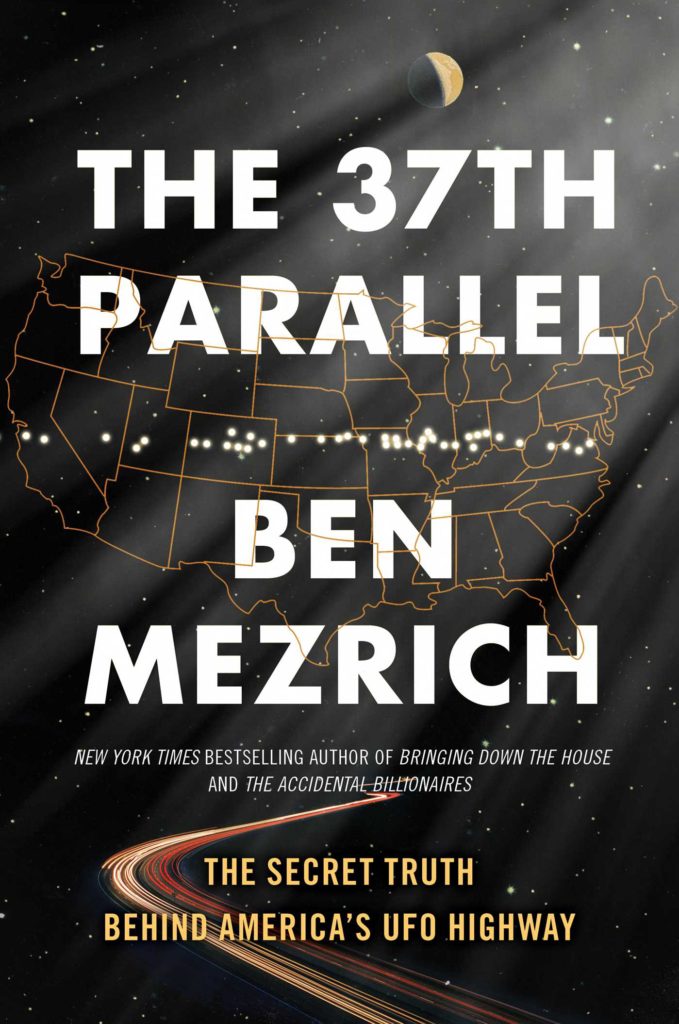A Simple Method Searching for ET, Who is Searching for US (Pt 1)
On November 3rd, the Science Daily News published a story, “City Lights Could Reveal E.T. Civilization”. In a published paper by Avi Loeb (Harvard-Smithsonian Center for Astrophysics) and Edwin Turner (Princeton University) a new but simple technique looking for intelligent life outside our solar system consists of basically searching for their city lights.
Actually it’s not as simple as it appears, but advancing modern-day telescopes can be used to detect life. How? This is how the article described it.
(Excerpt from article)
As the planet orbits, it goes through phases similar to those of the Moon. When it’s in a dark phase, more artificial light from the night side would be visible from Earth than reflected light from the day side. So the total flux from a planet with city lighting will vary in a way that is measurably different from a planet that has no artificial lights.
Loeb and Turner’s current calculations showed our best telescopes today would probably be able to detect light artificially created from large metropolitan city’s the size of Tokyo. The distance of detection from Earth at this time would be about the distance to the Kuiper Belt. The Kuiper belt is a disk-shaped region in our outer solar system sitting beyond the orbit of Neptune and reaching out to a distance of around 50 AU (astronomical units) containing thousands of tiny icy bodies.
An astronomical unit is a unit of measurement equal to 149.6 million kilometers, the distance from the center of the earth to the center of the sun. So at this time we should be able to see intelligent life on Neptune if it existed, uh.. and if they had street lights.
Another interesting fact in which Loeb and Turner brought up which slams SETI’s original theory of searching for intelligent life by looking for radio waves is;
As our technology has moved from radio and TV broadcasts to cable and fiber optics, we have become less detectable to aliens. If the same is true of extraterrestrial civilizations, then artificial lights might be the best way to spot them from afar.
Finally some common sense thinking coming out of our academic scientific society. But the article in Science Daily totally missed or purposely missed the obvious. If we’re theorizing searching for life by looking for extraterrestrial city lights, then what about ET looking for us?
Ok, time for a history lesson.
In 1809 Humphry Davy an English chemist, invented the first electric light. Davy strapped two wires to a battery and connected a charcoal strip between the wire ends. The charged carbon glowed making the very first arc lamp.
Much later Thomas Edison was experimenting with thousands of different filaments looking for the perfect specimen which would glow the longest. In 1879, he found that a carbon filament in an oxygen free glass bulb would glow up to 40 hours. He perfected his experiments and produced a bulb which glowed for over 1500 hours.
Now the first city to use electric lights on their streets was Wabash, Indiana. Charles Brush of Cleveland, Ohio wanted to publicly test his new invention the “Brush Light” and asked the City Council of Wabash for assistance. They agreed and on March 31st, 1880, Wabash became the first electrically lighted city in the world.
Ah ha, but this was not the first lighted city on this planet.
Wikipedia says, ” The use of street lighting was first recorded in the city of Antioch from the 4th century, then later in the Arab Empire from the 9th through the 10th century. Then much later in the 1400s, when London hung lanterns with lights burning through the winter seasons.
Ok back to academics and the basis of this blog.
Let’s go back in to history to the 4th century (roughly about 2400 years ago) and the city of Antioch. Let’s say Antioch loved their city lighting and hung flaming torches everywhere. In a very dark continent on a clear night a city rupturing with artificial light would stand out like a sore thumb. Do you see where I’m going with this?
But wait, we need to go back further in history, to when fire was discovered.
Based on my research, the discovery of fire was in the Early Stone Age or Lower Paleolithic period. The earliest evidence for a controlled use of fire was found at the Lower Paleolithic site of Gesher Benot Ya’agov in Israel. Charred wood and seeds were discovered through archeology techniques which dated back 790,000 years ago!
Ok… I’ve been asked from time to time, “How could intelligent life outside this planet detect intelligent life on this planet?” Well thanks to Loeb and Turner, they could have answered that question. Telescopes!
If light travels at 186 thousands miles per second, and man-made light was generated on this planet 790 thousands years ago, then… let’s do the math.
Stats:
1 year = 31,556,926 seconds
790 thousands years (Time man-made light has been on Earth)
Speed of light = 186,282 miles per second
1 light year = 5,900,000,000,000 miles
Equation:
1 year in seconds (31,556,926) x speed of light (186,282 miles per second)
= 5,878,487,289,132 (miles of light travel) x 790,000 years =
4.64400495841428e+18 (miles of light travel)
divide it by (1) light year (5,900,000,000,000 miles)
= 787,119.4844769966 (light years)
Conclusion:
Since the very first settlement started building camp fires 790 thousands years ago, light has traveled 787 thousand light years through space. True this figure is an absolute based on math and there are many many variables to consider. Depending on atmospheric conditions and the amount of light village campfires could emit, would determine how much light can escape the Earth’s atmosphere reaching space.
But what if light did escape?
Has there been someone watching our campfires, our street lights through history from neighboring star systems? Has there been someone watching us with very advanced telescopes from their planet? How about watching us using telescopes similar to our Hubble space telescope but much further in deep space?
Part 2, my next blog, will show which of our neighboring stars could be a part of Earth’s history.
So the next time someone asks you, “How can intelligent life outside this planet thousands of light years away detect intelligent life on this planet?” Just answer with one simple word… Light?
Category: In the News, Miscellaneous, The Z-Files









